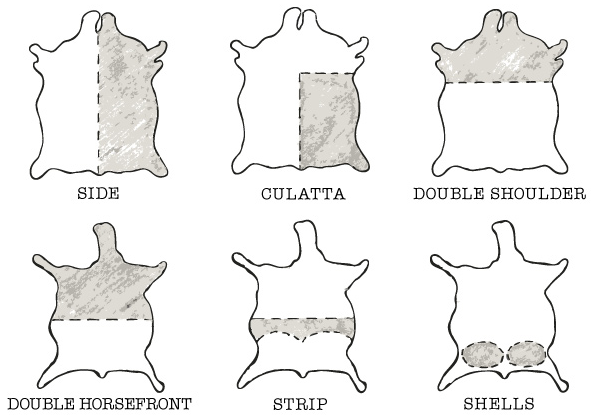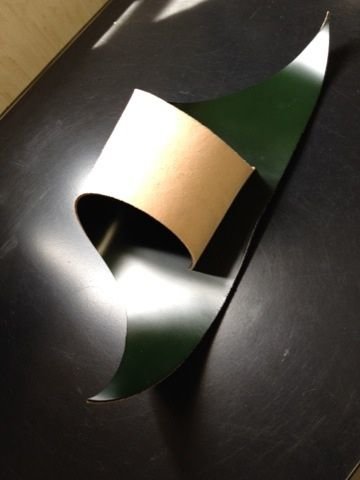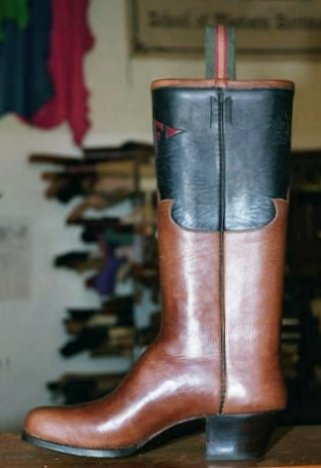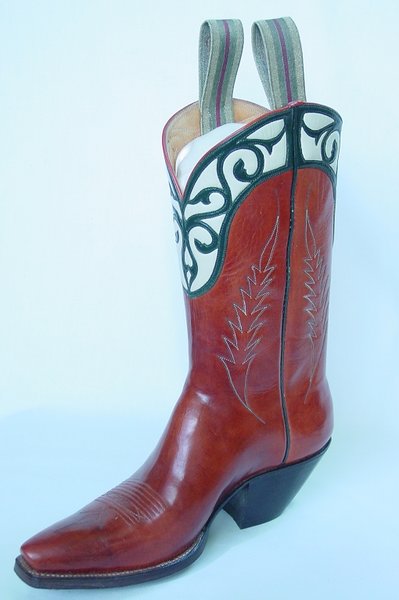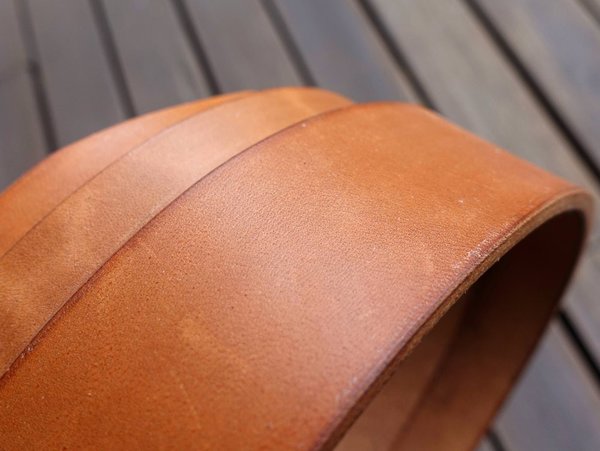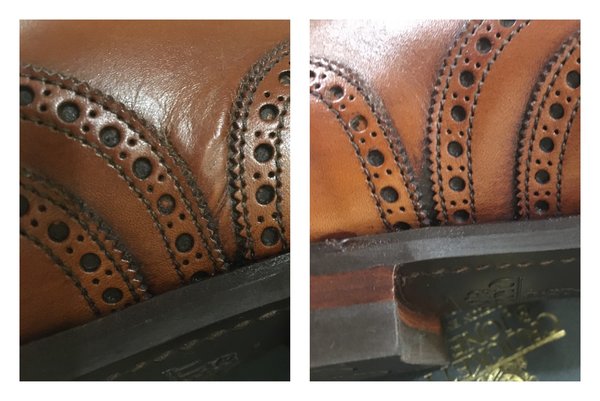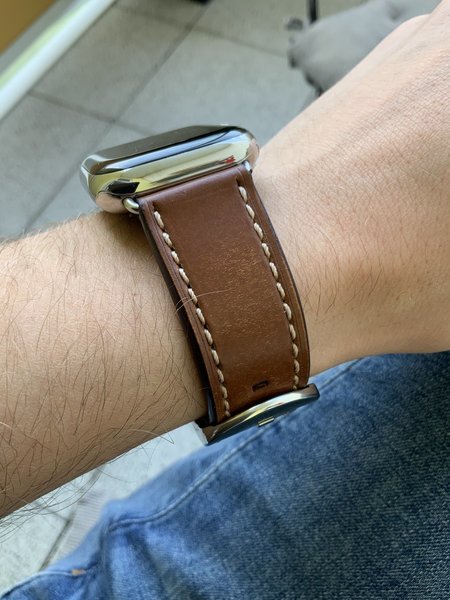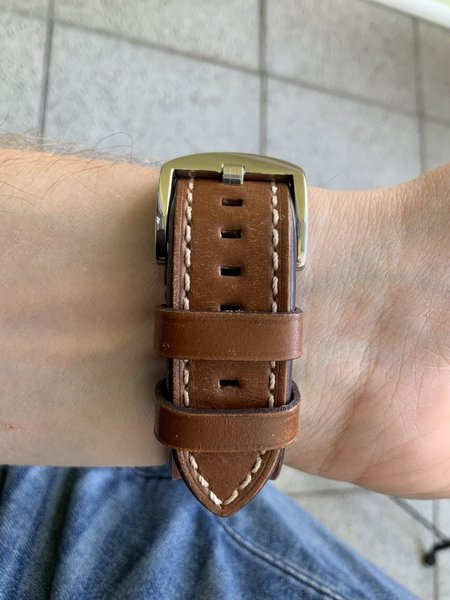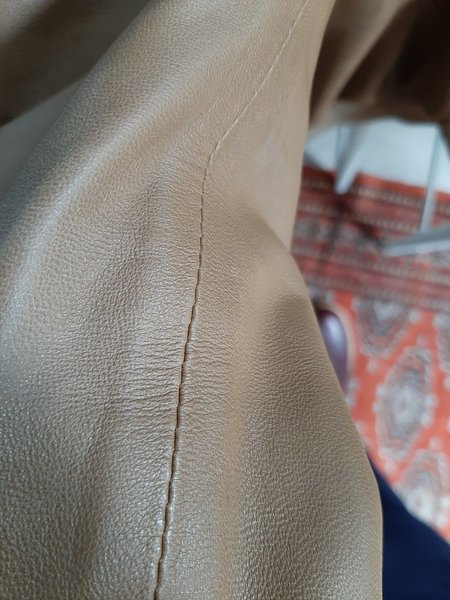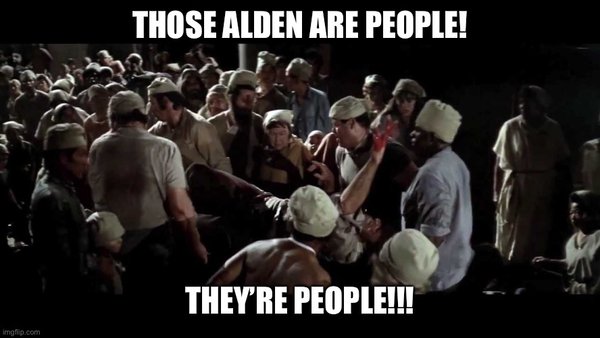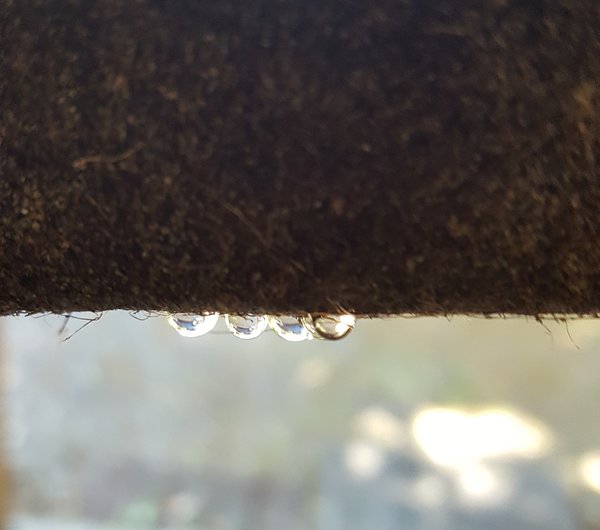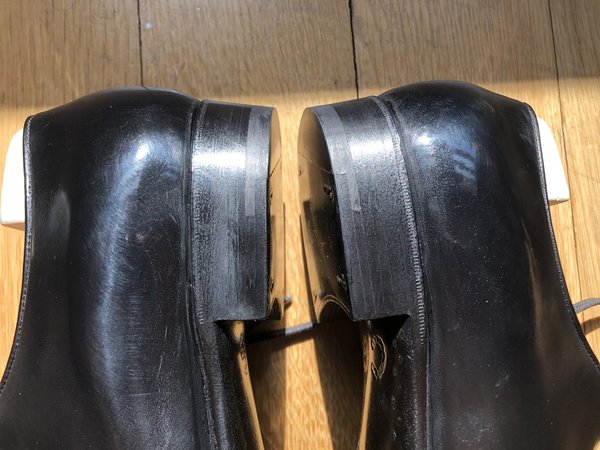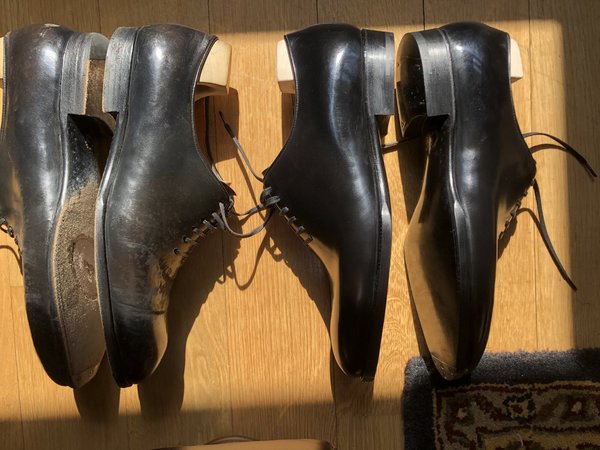- Joined
- Jan 8, 2008
- Messages
- 10,132
- Reaction score
- 5,714
I have a Jotel as well. Nice stoves.
Horween...through A.A. Crack...offers a hatch grain that looks pretty authentic...from the highway, at least. The Horween, unlike other versions I've seen/used, would be a veg or a retan...so just that much closer to "right." That said, it is bovine, AFAIK.
FWIW, I have never used it.
Thank you DWF,
Yes it is a Jotel, I also have a Ulefos and a couple of Morso stoves, I am up in the hills, and we are further north than Moscowand we regularly have -20c in winter.
Hi Garland, I am no longer able to buy the 1786 Russian reindeer, I think that Cleverleys has a lock on most of what is left.
I have a Jotel as well. Nice stoves.
Horween...through A.A. Crack...offers a hatch grain that looks pretty authentic...from the highway, at least. The Horween, unlike other versions I've seen/used, would be a veg or a retan...so just that much closer to "right." That said, it is bovine, AFAIK.
FWIW, I have never used it.


